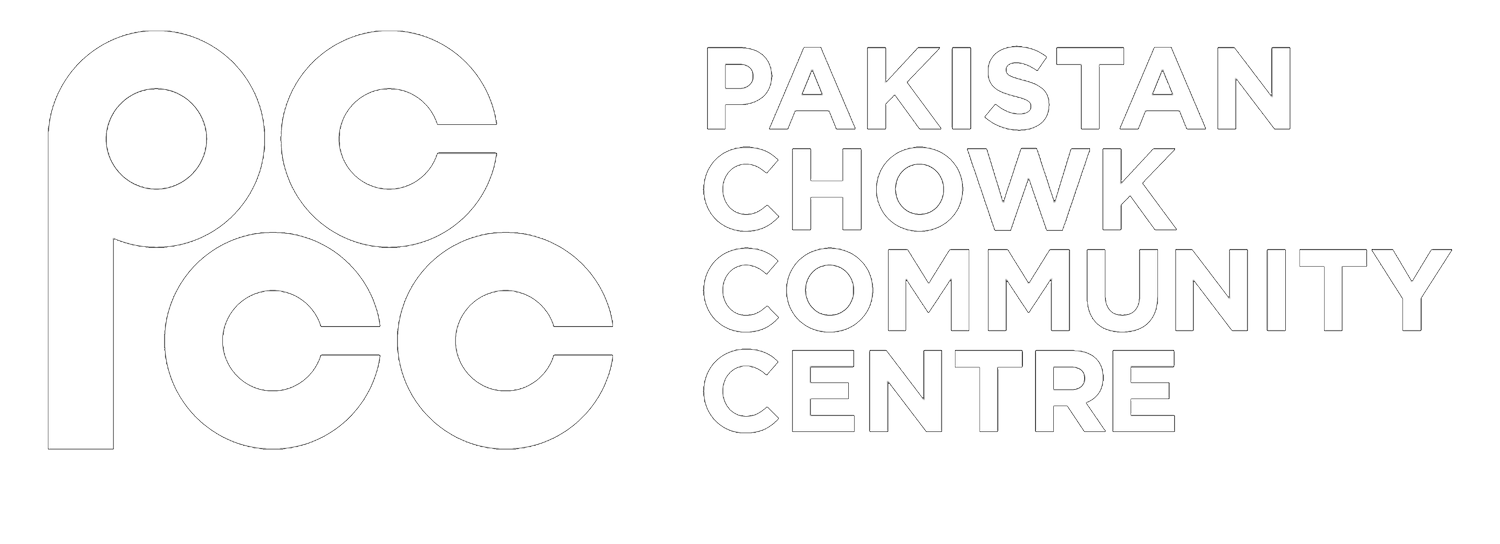Written by Hajra Hasan
The Lyceum School, Karachi
Ownership is a term that is associated with empowerment and pride and rightfully so. Beyond the physical and material sense, it is an idea that can also be applied to our heritage and the need for its preservation, especially since the current status quo is one where a feeling of passiveness seems to have pervaded all sections of society with only a small number fighting for centuries worth of history and culture to be preserved through these buildings.
Dilapidated buildings on Mohalla Road.
It is important to understand that this passivity is the result of a historical precedent that dates back to the time of Partition in 1947. Amidst the chaos of having an independent country with Karachi as its capital, decisions were made which tried to settle everything in the short term. This can be seen in how the Evacuee Property Board Trust, created at the time, allocated properties to the large influx of refugees pouring into Karachi. This, combined with the occupation of abandoned Hindu and Sikh residences and religious buildings led to issues of ownership and property rights which persist to this day. In the case where a plan was created known as the Greater Karachi Master Plan of 1952, a lack of implementation ended up making it ineffective. Looking at our current issues from their roots highlights how entangled and vague the idea of ownership is in Karachi whether it is in the physical or metaphorical sense. It is only through conversations and active mobilization from all sectors that we might be able preserve what is left of our cultural heritage and restore those buildings that were thought to be lost or too ‘dangerous’.
When visiting the historical areas of Karachi one might be taken in by the architecture of the buildings, clear symbols of the Colonial era and interest might be piqued by the way in which the residents and workers live life around them. The people seem to view visitors as outsiders while also wanting to spread knowledge about the living memory of the area that has been passed down through inter-generational stories and experiences. However, once one realises the depth of their knowledge and attachment to the area, the reality of how little they possess sets in. Those with the most significant ties are the ones who have honourary ownership of it in terms of history and culture while the ‘real’ owners are the landlords who may choose to irrevocably change the face of the buildings along with the lives of its residents when they so choose.
Commercialization of a colonial era building, a Servis shoe store.
When making the decision of who ultimately ‘owns’ these Colonial buildings, the Pagri (goodwill) system,which has been in use since Karachi’s pre-Independence days, throws another curveball into it. Not only is it completely unrecognised by Pakistani Law, tenants under this system do not possess any legal documentation or leases for the buildings they live in. This worked for the tenants and owners for many years but the recent exploitation of these tenants has made it obvious that simply ignoring them or treating them as regular tenants(where documentation is required to file any complaint) is not the correct course of action. Because of this, new ‘investors’ buy old and dilapidated buildings cheaply and then require the Pagri tenants living there to either buy ‘sub-leases’ for exorbitant amounts of money or they evict them if they refuse. In these cases, ownership becomes a platform for exploitation without any oversight or action from the Government forcing us to contemplate what true ownership means since these tenants were promised something and are now helpless to do anything against the ‘investors’.
Numerous examples of buildings which are crumbling under the strain of the environment because of the lack of maintenance or being systematically demolished in order to build ostensibly more profitable commercial buildings are a common site in these areas. This reminds us of the two key players which are seemingly absent with only the consequences of their decisions being felt by the residents. The Government and the private owners are the ones who make decisions regarding the fate of these buildings but neither seems to be operating with their true worth in mind. In this sense, ownership then becomes a hollow stamp upon the building. This divide among the people and those with the ability to bring change is brought to the forefront each time we hear about another tale of how a building was brought down with only its tenants fighting against it while the rest of the city that often cites those buildings as part of their heritage doesn’t even hear about it.
Deterioration of a facade.
The issue lies in the fact that having a building declared as ‘heritage listed’ in Karachi is the first in a long series of steps because of the blatant violations of the Sindh Cultural Heritage Preservation Act of 1994, without any repercussions. In that, it is clear that the Government does not take ownership of the buildings that are under its protection while the far-removed private owners have no ties to the history and culture of the area. Perhaps it is time that we tap into this seemingly vague and indistinct idea of ownership and seize it for ourselves since it is through public demand and indeed, public outrage that ideas and decisions move forward when the Government does not deliver.
Mendoza Building.




